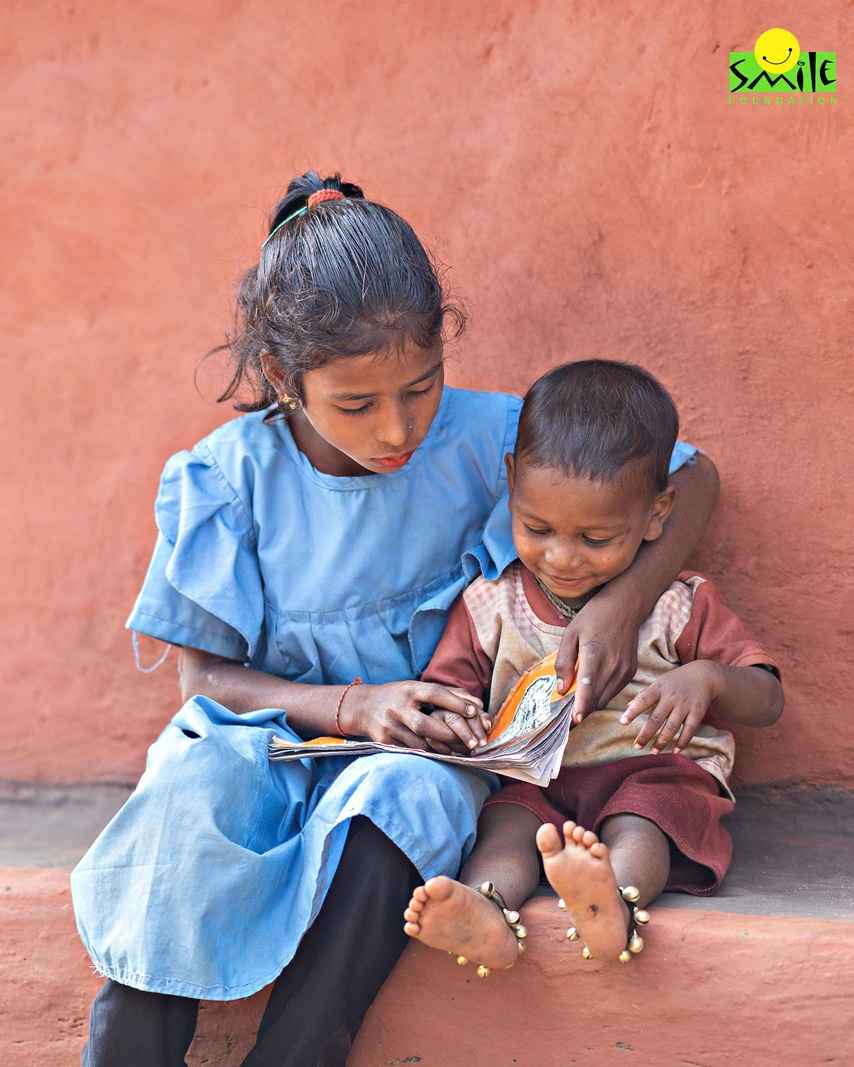Based on the data of the 2019-20 National Family Health Survey-5,
- 35.5% of Indian children under the age of five suffer from stunted height,
- 19.3% are wasted
- and 32.1% are underweight.
While the data gives an overall picture of the prevailing malnourishment in the nation, which is among the highest in the world – nearly double that of the Sub-Saharan, the health crisis is unequal between the urban and rural divide.
According to a report, the declining health of children is a concentrated phenomenon where a relatively small number of states, districts and villages account for a large share of the health burden.
As per a report by DTE, children living in urban slums with low incomes encounter many health and hygiene issues. While the average infant mortality rate in urban India is 41.7, it is 54.6 among the urban poor. Deeper research and statistics about the deteriorating health of India’s slum children, however, are lacking.
Reports from states
One of UNICEF’s earlier State of the World’s Children reports stated that children living in nearly 50,000 slums in India are invisible. A study by PwC suggests that half of these slum populations are distributed across the states of Maharashtra, New Delhi, Andhra Pradesh, West Bengal, Tamil Nadu and Gujarat.
The majority of recently identified cases of malnourished children in Nagpur are from slum areas, according to a recent survey conducted by Maharashtra’s Integrated Child Development Department. Almost ten years ago, CRY conducted a study on 500 children in New Delhi’s slums, finding that nearly half of the children under six years old were underweight, that 45 per cent had stunted growth and that less than one-third (about 31 per cent) had received at least one dose of the recommended vaccination. Around the same time, another study from Tamil Nadu revealed that an urban child experiences roughly 12.5 illness episodes in a year.
Factors affecting the declining health of slum children
India’s urban population has increased five times since the country’s first census in 1951 in independent India. This shows how India is transitioning from a country with a large rural population to one with a growing urban population.
With more people residing in urban cities, the proportion of urban poor people is also on the rise, which is concerning. As per Census 2011, there are 13.7 million slum households in India that live amidst poor health outcomes, inadequate basic amenities, unstable income, and a sense of growing insecurity.
Millions of children live in slums where access to basic facilities like clean drinking water, decent housing, drainage and a place to defecate increases the risk of infection and worsens malnutrition.
According to medical research published in the journal Indian Pediatrics, a significant number of Indians still struggle with nutritional deficiencies, which are particularly severe for children living in urban slums.
Faulty feeding practices, impaired utilisation of nutrients due to diseases and infections, poor environmental conditions, lack of proper childcare practices and inadequate food and health security are a few of the key factors contributing to the overall decline of the health of slum children.
Iron deficiency anaemia (IDA), vitamin A deficiency (VAD), protein energy malnutrition (PEM) and iodine deficiency diseases (IDD) are the major nutritional problems impacting these children. Furthermore, there is a continuous lack of awareness and understanding regarding nutrient-dense food and the absence of competent caretakers.
Numerous diseases and health issues are also caused by the lack of water and sanitation facilities in urban slums, shared toilets, poor cleanliness, and frequently open defecation. According to the Ministry of Health and Family Welfare, more than 12 billion INR is spent every year on illnesses resulting from poor sanitation.
What should be the approach to support slum children?
It was estimated that more than half of the Indian population would be living in the urban areas by 2020 and nearly one-third of them would be slum dwellers. The consolidated effect of such ongoing rapid urbanisation and large-scale migration has a damaging effect on the health of children, which negatively affects their cognitive development.
Taking socioeconomic variables into account, addressing the nutritional issues of urban poor and slum children is a step towards the nation’s overall growth. If particular measures are not taken to address the health and nutrition issues of the urban poor, the problem of malnutrition in urban slums will only get worse as urban migration increases in the coming years. Enhancing the nutritional condition of impoverished children requires a more direct, integrated and focused approach.
Primarily, there is a need to develop and implement models of child care while planning for green cities and urban settlement models. Since the private healthcare sector is heavily represented in urban areas, there should also be mechanisms for the convergence of public and private sectors.
Furthermore, the government should prioritise the health of urban poor and urban children while developing cities, going beyond just taking the urban middle class into account.
Smile Foundation’s ‘Health Cannot Wait’
To ensure healthcare facilities are equal for all, Smile Foundation‘s ‘Health Cannot Wait’ initiative, precisely aimed at those from underserved communities, has been phenomenal in strengthening the country’s existing healthcare system and reducing out-of-pocket expenses on health. Through this, Smile strives to deliver quality healthcare services to the doorstep of vulnerable communities, with a special focus on children. Awareness activities like school health camps and street plays are also conducted to encourage children and the community to adopt health-seeking behaviour.
We aim to positively affect the lives of thousands of slum children, hoping for a near future with no slums and no child having to live a life of hardships in them.



